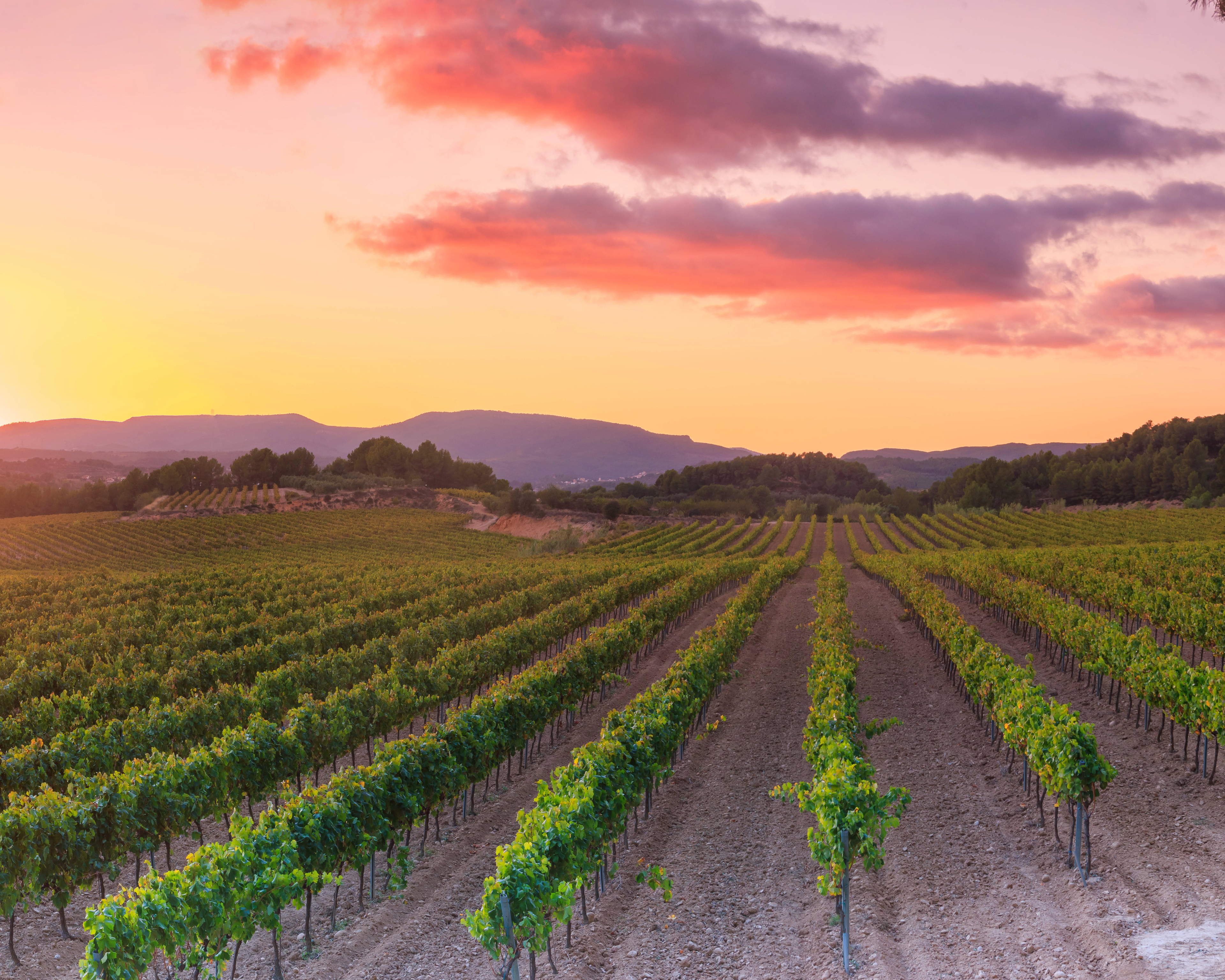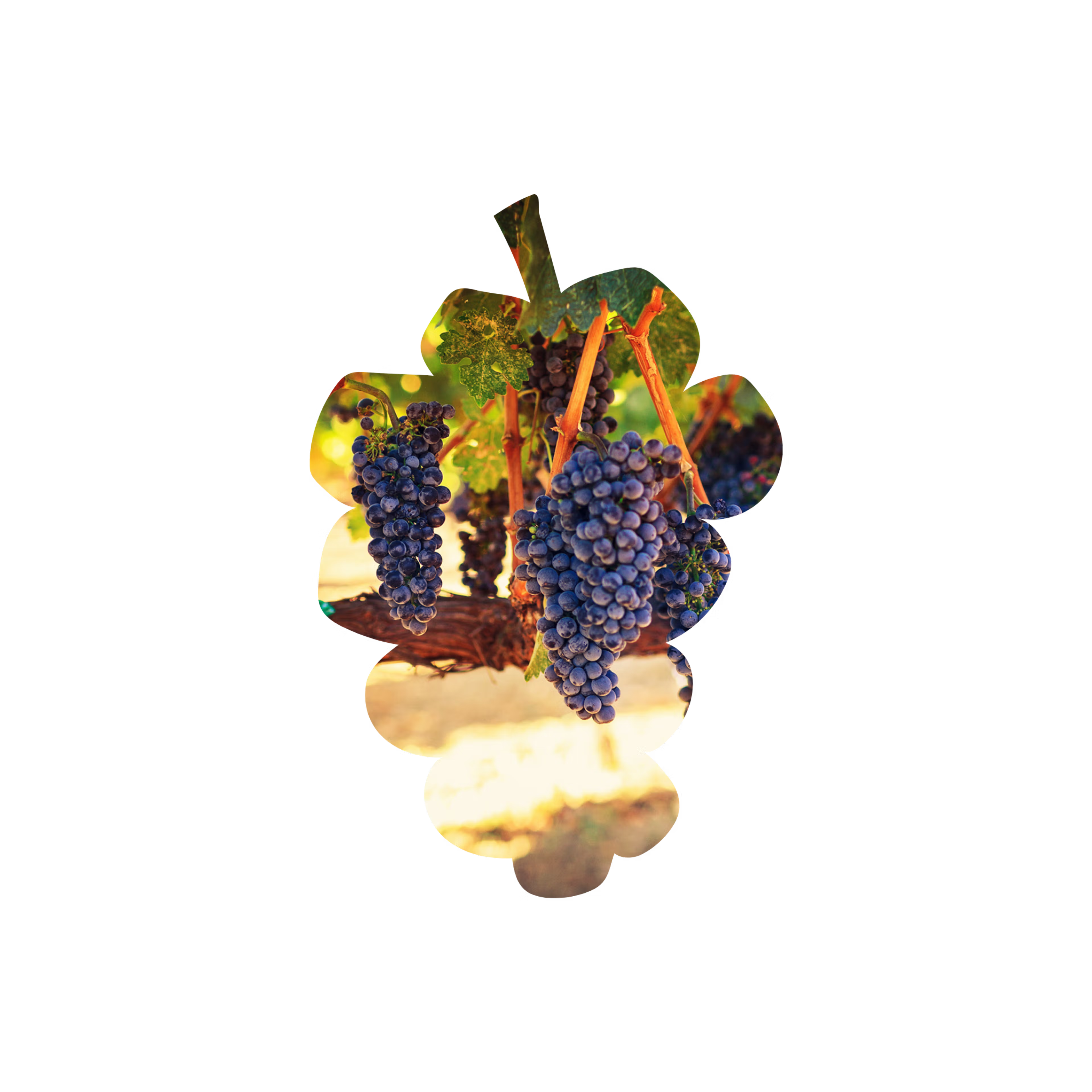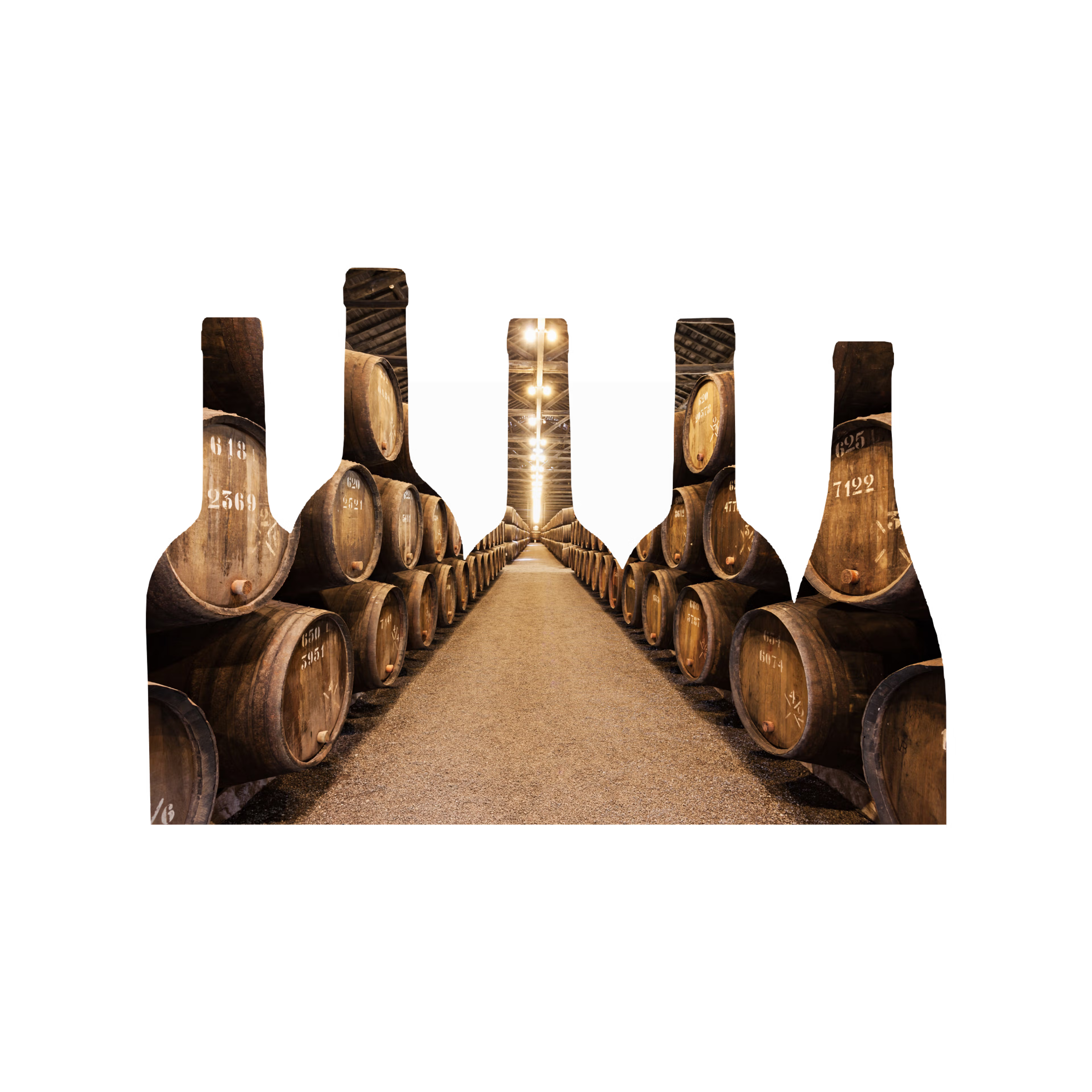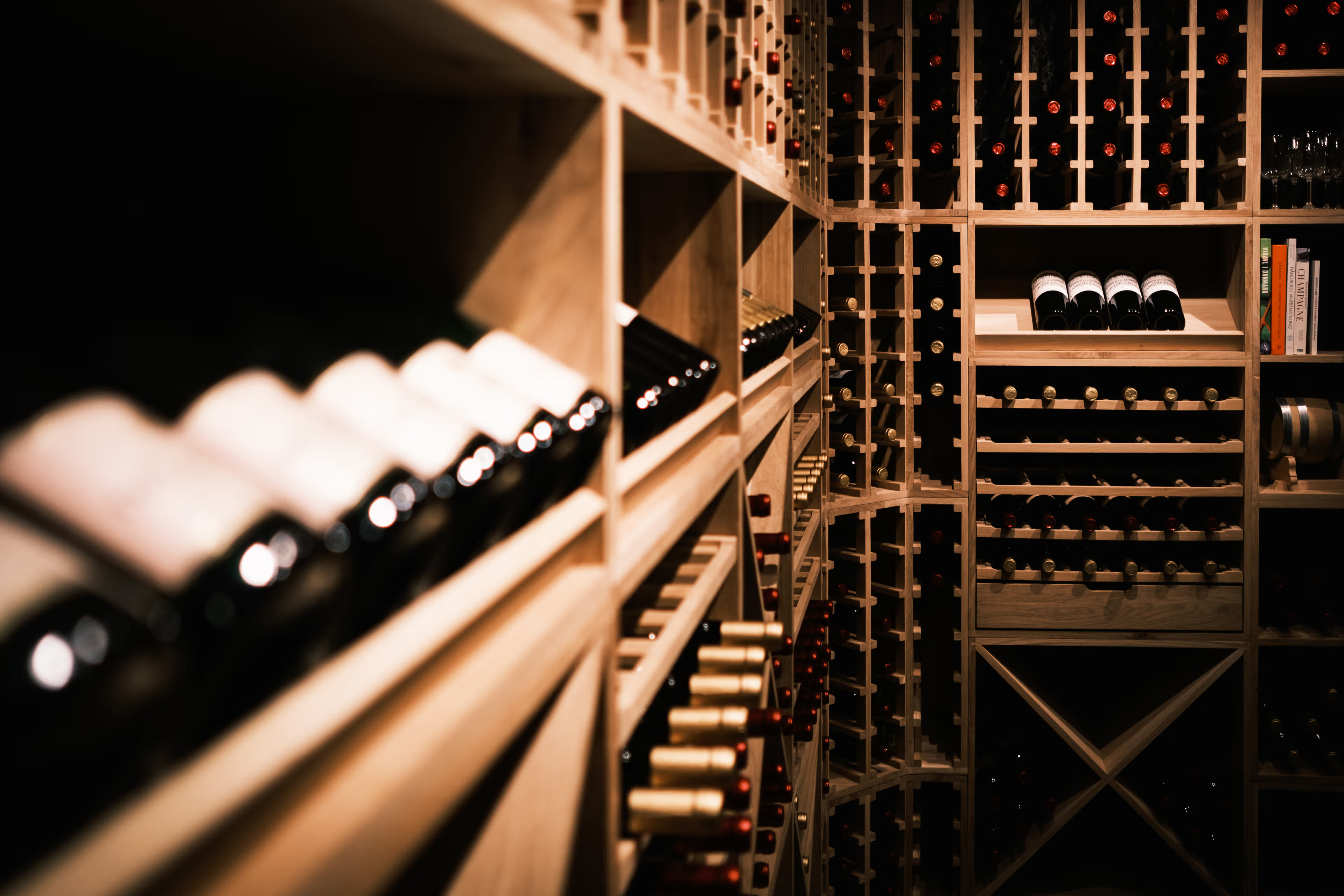

Cava: The Sparkling Jewel of Spain
From Catalonia’s Penedès region, Cava is Spain’s answer to Champagne, offering sparkling wines crafted using the traditional method.
To drink Cava is to embrace the celebration of life
- Spanish Proverb
Cava: The Sparkling Wine of Spain
Cava is Spain’s most famous sparkling wine, produced primarily in the Penedès region of Catalonia. Known for its high quality and relatively affordable price compared to Champagne, Cava has gained a global reputation for being a wine of celebration. It is made using the traditional method, the same process used in Champagne, where secondary fermentation takes place in the bottle, creating the effervescence that gives Cava its signature bubbles.
While the most famous sparkling wines in the world come from France, Cava has proven that Spain can produce sparkling wines with equal, if not better, quality and character. Cava is made primarily from three indigenous grape varieties: Macabeo, Xarel·lo, and Parellada, each contributing unique qualities to the final product. Cava is versatile, from fresh and zesty to deep and complex, offering a sparkling experience for any occasion.

Explore the Famous Sub-Regions of Cava
Penedès: The Heart of Cava Production
The majority of Cava production is centered around the Penedès region in Catalonia, an area blessed with a unique climate and ideal terroir for growing the indigenous grape varieties used in Cava. The region's proximity to the Mediterranean Sea creates a mild climate, which allows for balanced ripening of the grapes while maintaining acidity.
🍇 Penedès DO (Denomination of Origin) – The Penedès region is the primary DO for Cava, and it includes a variety of different climates, from coastal areas to higher altitudes in the hills. This diversity allows winemakers to experiment with different terroirs and styles of sparkling wine, from fresh and crisp to more aged, complex bottlings. The region’s unique combination of Macabeo, Xarel·lo, and Parellada gives Cava its signature freshness and structure, while winemakers may also incorporate Chardonnay and Pinot Noir for added complexity.
🍇 Cava DO vs Cava de Paraje Calificado – Within the Penedès region, some of the finest Cava comes from Cava de Paraje Calificado, a classification given to the highest quality Cavas. This sub-region is known for its exceptional vineyards, where the grapes are carefully selected and aged for longer periods to create complex, nuanced wines. These Cavas are aged for a minimum of 36 months and are some of the most prestigious sparkling wines produced in Spain.

The Grapes Behind Cava’s Signature Sparkle
Macabeo, Xarel·lo, Parellada: The Trio of Cava
Priorat’s red wines are dominated by two main grape varieties: Garnacha (Grenache) and Cariñena (Carignan). Both grapes have a long history in the region and contribute significantly to the depth, intensity, and complexity of Priorat’s wines.
🍇 Garnacha – Known for producing wines that are rich, full-bodied, and full of fruit, Garnacha is the dominant grape in Priorat. It gives wines deep red fruit flavors, such as raspberry, cherry, and plum, along with notes of herbs, spice, and a slight smokiness from the region's unique terroir. Garnacha is known for its ability to age, and older vines often produce wines with greater concentration and complexity.
🍇 Cariñena – Cariñena adds structure and acidity to the wines of Priorat, balancing the richness of Garnacha. This grape brings dark fruit flavors, such as blackberry and black currant, along with earthy and mineral notes. Cariñena wines are known for their deep color and tannic structure, which allows them to age and develop beautifully over time.

Discover the Notable Cava Producers
Freixenet, Codorníu, Recaredo, Gramona: The Icons of Cava
The Cava industry is dominated by a few prestigious producers, known for their commitment to quality and their contributions to the global recognition of Cava. These producers are leaders in both traditional methods of production and the innovation of new styles.
🍇 Freixenet – One of the largest and most famous producers of Cava, Freixenet has been crafting quality sparkling wines for over 150 years. Known for its fresh, crisp style, Freixenet produces a wide range of Cavas, from entry-level wines to premium bottlings. Their Cordon Negro is one of the most recognizable Cavas in the world, known for its fruit-forward character and smooth finish.
🍇 Codorníu – Another iconic Cava house, Codorníu is one of the oldest producers in the region, with a history dating back to 1551. The winery’s commitment to quality and tradition has earned it global acclaim. Codorníu’s premium Cava, Codorníu Anna de Codorníu, is a complex blend of Macabeo, Xarel·lo, and Chardonnay, known for its elegance and depth.
🍇 Recaredo – Known for their focus on organic farming and sustainability, Recaredo is a small but highly regarded producer of high-quality, aged Cavas. Their approach to winemaking is rooted in tradition, with many of their Cavas spending extended periods on lees to develop complexity. Recaredo’s Terrers Brut Nature Gran Reserva is a standout, known for its intense flavors and long aging potential.
🍇 Gramona – A family-owned winery with a reputation for producing some of the finest Cava de Paraje Calificado, Gramona is known for its long-aging, vintage Cavas. Their Gramona Imperial Gran Reserva is celebrated for its richness and depth, offering notes of ripe fruit, toasted bread, and a smooth, creamy texture.
Explore the Famous Vintages of Cava
While Cava is primarily produced as a non-vintage wine, certain years stand out for their exceptional quality. These standout vintages are celebrated for their balance, depth, and aging potential, showcasing the best that Cava has to offer.
📅 2008 – One of the most renowned Cava vintages in recent history, 2008 saw favorable growing conditions that resulted in wines with great depth and complexity. The extended aging period of many Cavas from this year has allowed them to develop rich, toasty flavors while maintaining the bright acidity characteristic of Cava.
📅 2012 – A warm year that produced ripe, concentrated Cavas with strong fruit characteristics. The 2012 vintage is particularly celebrated for its richness and mouthfeel, with many producers opting for extended lees aging to enhance the complexity and texture of the wine.
📅 2015 – Known for its cooler weather and slower grape ripening, the 2015 vintage produced Cavas with exceptional freshness and balance. The wines from this year are marked by crisp acidity, floral aromas, and bright fruit flavors, making them ideal for early drinking or as a refreshing aperitif.
Store Your Cava at the Perfect Temperature
Explore our wine coolers →
Present Your Cava Collection with Style
Find your perfect wine rack here →
Cava: The Traditional Method Sparkle of Spain
Cava is Spain’s iconic sparkling wine, produced using the traditional method, which is the same process used to make Champagne. In Cava, secondary fermentation occurs in the bottle, creating the bubbles that define the wine’s effervescence. Although most famous sparkling wines come from Champagne, France, Cava’s lower price point and high quality have made it a favorite globally.
The Role of Terroir in Cava Production
The Penedès region in Catalonia offers the perfect climate and soil for producing Cava. The proximity to the Mediterranean creates a mild climate with warm summers and cooler nights, which helps the grapes retain their acidity while allowing for gradual ripening. The soils of the Penedès, rich in limestone, add mineral complexity to the wine, enhancing its fresh, zesty character.
The Macabeo, Xarel·lo, and Parellada grape varieties thrive in this terroir, contributing their distinctive flavors to the final product. Macabeo brings fresh floral and citrus notes, Xarel·lo adds body and depth with earthy tones, and Parellada offers a crisp, refined finish that balances the wine.
Traditional Winemaking Techniques in Cava
Cava is made using the traditional method, or "méthode champenoise," which is known for its long process and exceptional results. After the base wine is produced, a mixture of sugar and yeast is added before the wine is bottled. The second fermentation occurs inside the bottle, where the wine develops its characteristic bubbles. Cava is then aged on its lees for a period that can range from several months to several years, depending on the style and quality level of the wine.
Cava’s Aging Potential and Versatility
Unlike many sparkling wines, Cava is known for its versatility and aging potential. Some Cavas are designed to be consumed young, fresh, and crisp, showcasing bright fruit flavors and lively bubbles. Others, especially those with extended aging, develop more complex, toasty, and nutty characteristics. Cava is incredibly food-friendly, pairing well with everything from seafood to cheeses, charcuterie, and even spicy dishes.